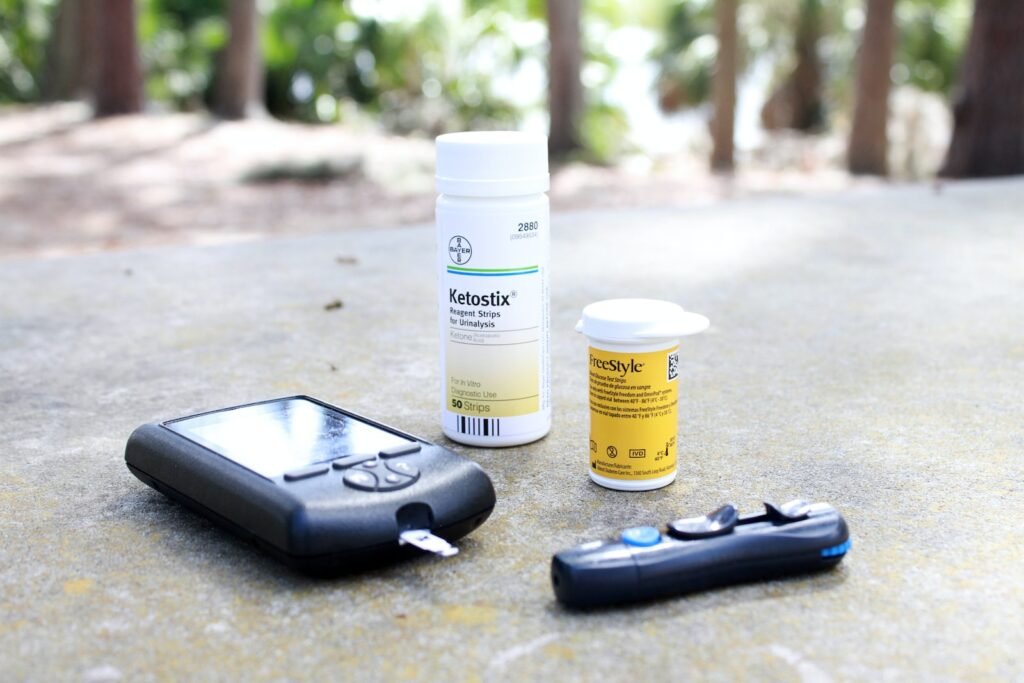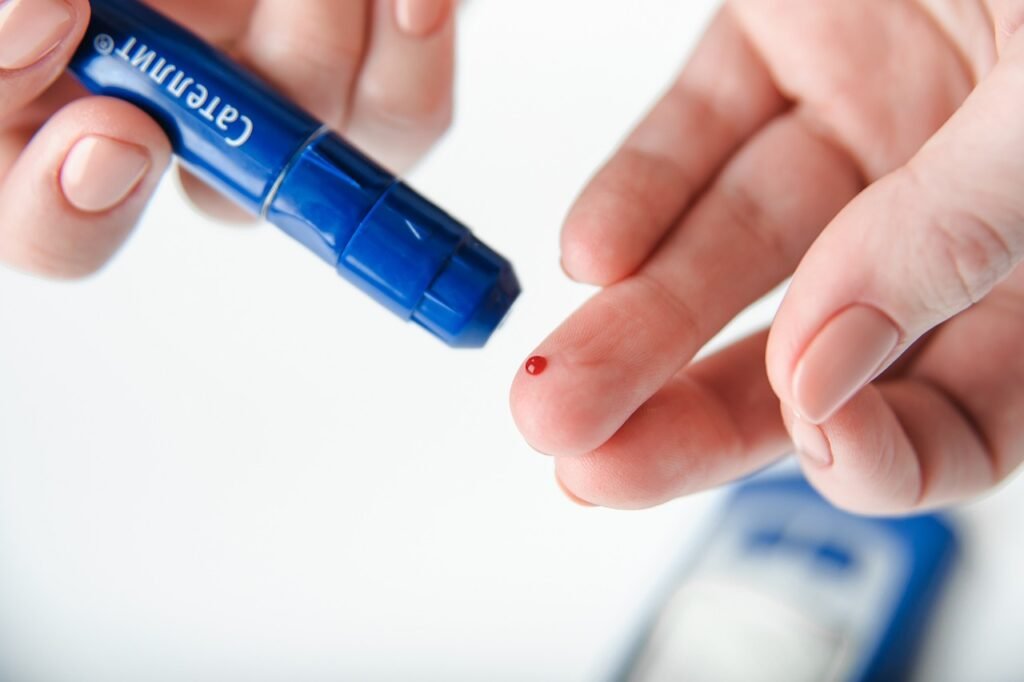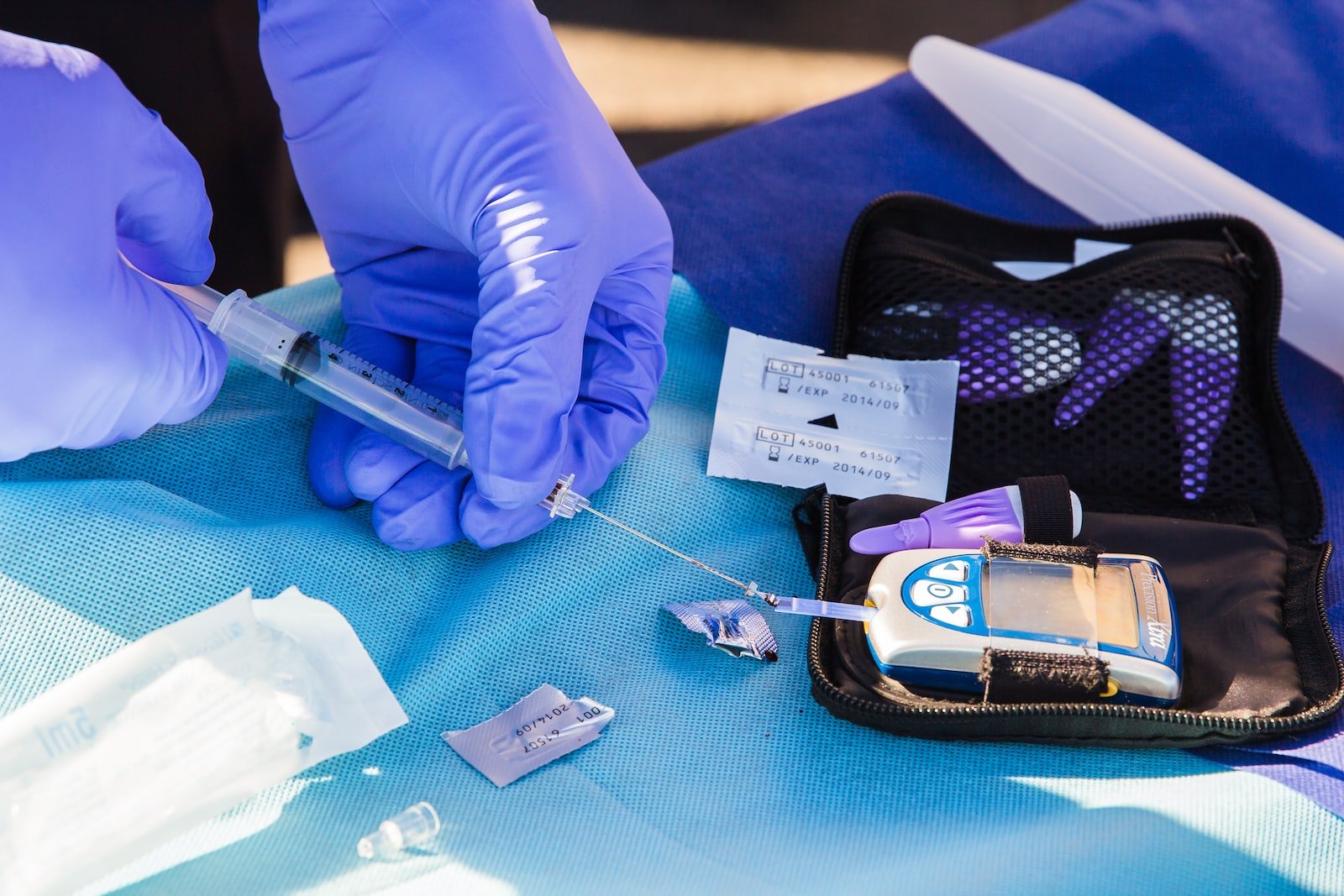Table of Contents
ToggleWhat is Type 2 Diabetes? Type 2 Diabetes Symptoms
Index
What is Type 2 Diabetes?
What Are the Symptoms of Type 2 Diabetes?
What are the Causes of Type 2 Diabetes?
What Factors Will Affect Type 2 Diabetes Negatively?
What are Type 2 Diabetes Disease Types?
How is Diabetes Type 2 Diagnosed?
What are Type 2 Diabetes Treatment Methods?
Type 2 Diabetes is a disease that requires lifelong treatment, which progresses with the development of insulin resistance in human body cells, increased blood sugar and damage to organs. In the advanced period, damage to insulin-producing cells is accompanied by insufficient insulin secretion. Insulin is a hormone that controls the level of glucose in the blood. With the digestion of carbohydrates taken through food, glucose is released. Insulin helps this glucose to be transported from the blood into the body cells. Although type 2 diabetes can cause serious health problems such as heart problems, kidney disease and stroke if left untreated, diagnosis and treatment is a possible disease today.
What is Type 2 Diabetes?
The question of what is diabetes type 2 can be answered as a chronic disease that manifests itself with an abnormal increase in blood sugar level due to insulin resistance. Since the insulin secreted by the pancreas cannot be used by the body in the usual way, its sugar-lowering effect is incomplete and presents with various clinical symptoms. It was formerly known as adult-onset diabetes. Today, with the increase in childhood obesity, it has started to be seen in children and young people. Type 2 diabetes, which constitutes approximately 95% of all diabetes cases, requires lifelong follow-up and treatment.
What Are the Symptoms of Type 2 Diabetes?
It develops slowly, often insidiously. It is mostly seen in individuals who are overweight, sedentary, and have a large waist circumference. Since it has a genetic basis, it is more common in people with a family history of diabetes. Some of the early or late symptoms that can be seen in type 2 diabetes can be listed as follows:
Sudden and extreme hunger
nocturnal hunger
drinking a lot of water
urination a lot
Waking up at night with the urge to urinate
Brown dark spots on the skin in areas such as the armpits and groin
Blurred vision in the eyes and floating objects in the field of view
feeling tired for a long time
Persistent and frequently recurring infections
Insomnia
Erectile dysfunction in men
Fungal problems in the genital area and skin that do not go away
Numbness in arms, hands and legs
Orthopedic disorder caused by neuropathy and infection, which we call diabetic foot
Losing weight for no reason without making any effort or special diet
Memory loss in old age
Rapidly progressive and early-onset dementia

What are the Causes of Type 2 Diabetes?
Genetically, insulin hormone receives less sugar-lowering response from fat, muscle and liver cells in type 2 diabetes patients. We call this insulin resistance. Also, one theory about the development of the disease in Type 2 Diabetes patients is that the liver is not working properly. There is a deficiency in the liver’s ability to store glucose as glycogen and release it back into the blood. For this reason, blood sugar suddenly rises and falls unevenly. Sudden hunger or sleep after meals happen for this reason. Sudden changes in blood sugar levels permanently damage the beta cells in the pancreas, which are responsible for insulin secretion in the long term. There is now both ineffective and less insulin production. Eventually, the type 2 diabetes clinic emerges.
Some individuals are at risk for developing type 2 diabetes. These individuals are:
People with metabolic syndrome
Those who have a lot of fat around the waist (in the abdominal region, especially in the waist and hip region).
Hypertension patients
Those with high cholesterol and triglyceride levels
Those who have been diagnosed with hidden sugar: If you have been diagnosed with prediabetes, that is, hidden sugar, it will make you a candidate for diabetes that may develop in the future.
persons over 45 years old,
Someone in the family has been diagnosed with diabetes,
Those diagnosed with gestational diabetes while pregnant
Those who gave birth to a baby weighing more than 4 kilograms
Hormonal discomfort, which we call Polycystic Ovary Syndrome, which is characterized by irregular menstruation and excessive hair growth, is also among the risk factors.
Elevated GGT: Gamma Glutamyl Transferase is an enzyme of interest, and its increased levels have been associated with an increased risk of prediabetes and type 2 diabetes.
What Factors Will Affect Type 2 Diabetes Negatively?
Depression,
Decreased physical activity
smoking,
Too much or too little sleep.
What are Type 2 Diabetes Disease Types?
From the diagnosis stage of Type 2 Diabetes to the period when fatal complications arise, it goes through the following various stages:
Stage 1: Fat, muscle and liver cells seem to have difficulty in taking glucose into the cell, despite the release of insulin in the body. Since insulin levels are kept high by the body during this period, the blood glucose level is still found to be normal. The disorder in the insulin glucose cycle in metabolism can only be understood by glucose loading tests. This is the undetected stage of prediabetes, which doctors may call impaired glucose tolerance.
Stage 2: This stage can be called prediabetes, which can be measured directly in blood tests. At this stage, which is known as hidden sugar among the people, the insulin produced by the pancreatic islets is not in the capacity to keep the glucose at a normal level. Blood sugars are above normal, but not high enough to make a diagnosis of overt diabetes.
Stage 3: Now, blood glucose measurements have increased to levels that will make a definitive diagnosis for diabetes. During this period, organ damage due to diabetes begins to occur. Insulin levels cannot be reduced to a sufficient level by the body without taking external drugs or intervening with insulin.
Stage 4: Problems occur in various organs secondary to small and large vessel damage due to high blood sugar levels. Some of them are; kidney failure, heart diseases, eye retinopathy, neuropathy due to peripheral nerve damage. Loss of sensation in the feet due to neuropathy may pave the way for diabetic foot with wounds and infections.
Apart from these, there is another stage that we can call end-stage diabetes, in which kidney failure has now developed. The person may need dialysis. In addition to kidney dysfunction, severe diabetes complications such as heart failure, which may cause death, may also occur in the patient.

How is Diabetes Type 2 Diagnosed?
Most patients are diagnosed with diabetes during routine doctor check-ups or applications for another reason. In these patients, the above-mentioned diabetes symptoms have not yet emerged and the disease is usually in the first or second stage. The situation is noticed with high glucose or hemoglobin A1C level detected in routine blood tests or glucose load tests. Laboratory diagnostic criteria for the diagnosis of type 2 diabetes are as follows.
Hemoglobin A1C: The percentage value of hemoglobin A1C, which gives information about the course of blood sugar levels in the last 3 months, is below 5.7% in a normal person. This value is between 5.7% and 6.4% in prediabetic individuals. In people with diabetes, it is over 6.5%.
Fasting blood glucose: More than one measurement may be required for the diagnosis of fasting blood glucose-related diabetes. If fasting blood sugar is below 100 mg/dL, it can be diagnosed as normal, between 100 mg/dL’ and 126 ‘mg/dL’, as prediabetes, and above 126 mg/dL as diabetes.
Glucose tolerance test: After fasting for 12 hours, a glass of water containing 75 grams of sugar in 300 ml of water is given to the patient. After 2 hours, blood sugar levels are checked. Below 140 mg/dL’ is classified as normal, between 140 mg/dL’ and 200 mg/dL’ as prediabetic, and above 200mg/dL’ as diabetes.
Urinalysis: Positive glucose in the urine of the patient is helpful in the diagnosis. Normally, there is no glucose in the urine.
Apart from these tests, the diagnosis of diabetic foot by orthopedic specialists and the detection of diabetes-specific retinopathy in the eye examination are also supportive diagnostic findings.
What are Type 2 Diabetes Treatment Methods?
In the treatment of Type 2 Diabetes, in addition to daily lifestyle changes such as diet, physical activity and weight control, the use of drugs and insulin in appropriate doses is also important. Applications to be made in the treatment can be listed as follows:
If your doctor thinks you are in the prediabetes stage, he or she may recommend an exercise such as brisk walking for 150 minutes a week, 30 minutes a day.
As a diet, he may recommend that you take foods that are low in fat, low in calories, high in fiber, vegetables and fruits and whole grains. Your doctor will give you a list that prohibits refined carbohydrates, especially sweets.
Quitting harmful habits such as smoking and alcohol is very important for the health of the heart and vessels, liver and pancreas.
Blood and urine analyzes should be done with appropriate frequency and eye, neurology and orthopedic consultations should be done in order to detect complications early.
Sometimes, in the prediabetes stage, or if overt diabetes has occurred, drug treatment can be started by the doctor.
If blood sugar cannot be controlled despite oral medications, various long- and short-acting insulins can be used by subcutaneous injection.
It will be beneficial for diabetics to carry sugary foods with them against hypoglycemia, that is, sudden drops in sugar.
They should inform the people around them for possible loss of consciousness due to sudden sugar drop. In addition to these, it is important to carry bracelets with ID and disease tags or emergency information cards of the disease in their wallets. Sometimes, doctors may also recommend to their patients chips that are constantly monitored and placed under the skin.
If you have symptoms suggestive of diabetes, you can take steps for diagnosis and treatment by applying to the nearest health institution.
